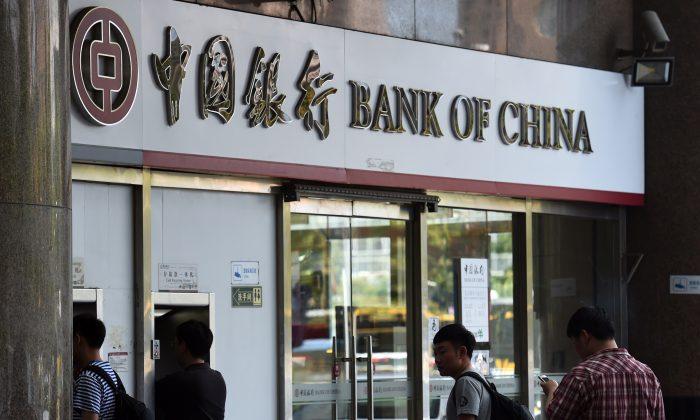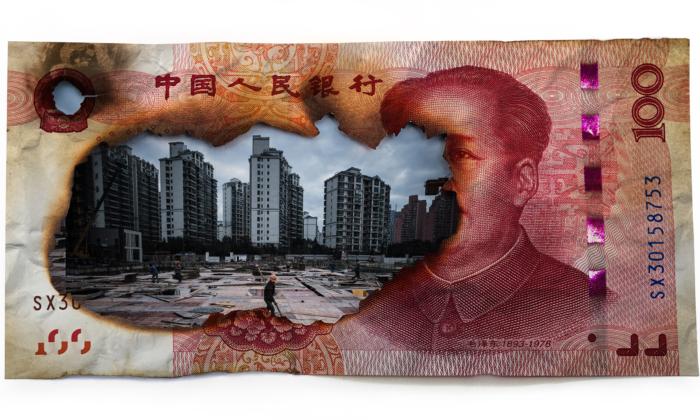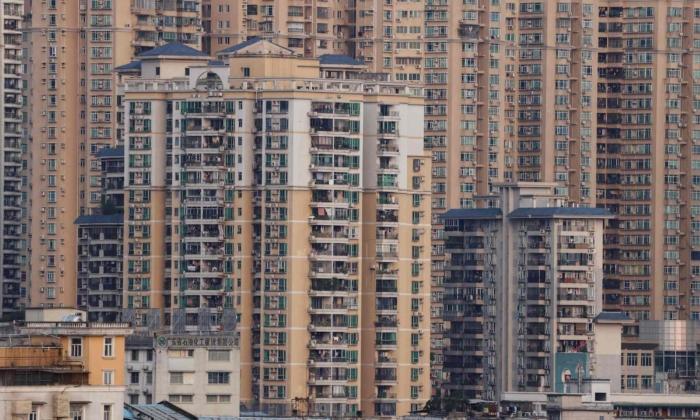Eight years after Chinese regulators halted its securitization market, Beijing is restarting the financial engineering in an effort to unload more bad debt from its banks’ balance sheets.
It’s the latest maneuver by Chinese authorities to transfer the risk of the country’s crippling bad debt from banks to private retail and institutional investors.
Two Chinese banks recently announced intentions to market 534 million yuan ($82 million) of securities backed by non-performing loans (NPLs), the first instance since 2008 when regulators barred securitization of bad debt following the global financial crisis. In 2012, Beijing restarted securitization of some performing assets such as credit card debt and automobile loans.
Bank of China will issue a 301 million yuan ($45 million) NPL deal on May 26, according to ChinaBond.com, and China Merchants Bank announced a 233 million yuan deal.
In total, Chinese regulators are expected to facilitate up to 50 billion yuan ($7.6 billion) in issuances of asset-backed securities this year, people familiar with the matter told Bloomberg in February.
No Other Viable Option
Frankly, it was a move seen from a mile away.
China’s official NPL ratio at banks was 1.75 percent on March 31. That figure is widely recognized by analysts to be severely understated. Even the most bullish investors peg the true NPL ratio to be in the high single digits, and some independent analysts peg the ratio at up to 22 percent.
So far, Chinese banks have been selling its bad debts to the four state-controlled asset management companies, sometimes at face value (par) to avoid incurring losses at the banks. The so-called bad banks were set up in 1999 to buy up bad debt, and they include China Orient Asset Management, Great Wall Asset Management, China Cinda Asset Management, and China Huarong Asset Management.
But the rate of new NPLs has exceeded the ability of the bad banks to purchase them. Restarting bad debt securitization was another avenue for banks to quickly shed their NPL balances.
Securitization of NPLs into asset-backed securities is a way to turn poor assets into potentially good ones. It’s a type of financial engineering prevalent in Western markets, a version of which (mortgage-backed securities) wreaked havoc among banks and insurance companies during the last financial crisis. Events during that period were famously depicted by Michael Lewis in his book “The Big Short,” which was later adapted to film in 2015.
A closely watched metric going forward will be the price at which the banks sell their NPLs into the securitization. If the banks crystallize losses for such NPL sales, they may need to raise additional capital to offset the write-downs, according to a Fitch Ratings report earlier this month.
What the Market Looks Like
Demand for such securities is uncertain at this point, but the initial players are expected to be the state-owned banks, asset management companies, and insurance companies under the direction of Chinese authorities.
The first batch of securities will not be rated by the international ratings agencies, which keeps foreign asset managers at bay, at least initially.
Under such scenarios, the bad debts will simply be repackaged and reshuffled within China’s financial system. But unlike NPLs, which are confined within banks’ balance sheets, the securitized products—slices of which will be considered performing assets—will be much harder to keep track of.
Currently, the majority of performing asset-backed securities are held by banks, which have become both the issuer and the investor. This could create liquidity problems going forward, especially as state-owned banks and asset management companies become capital constrained.
Much of the debt could ultimately wind up in the portfolios of retail investors. All four of the Chinese bad banks announced intentions of initial public offering either later this year or next year in Hong Kong, paving the way for ownership by Chinese or foreign investors.
And don’t forget about pensioners, retirees, and annuities-holders.
“The worst-case scenario,” said Matthew Smith, analyst at Macquarie Securities in Shanghai, in an interview with Financial Times recently, “would be for the government to come in and tell life insurance companies to buy up the products at a certain price.”





